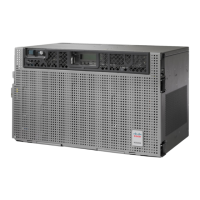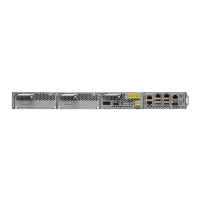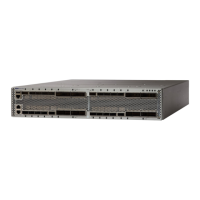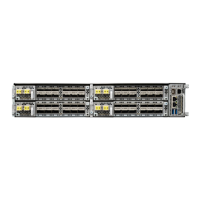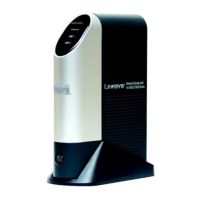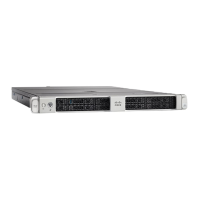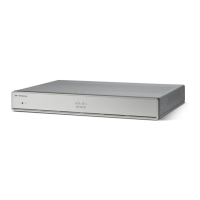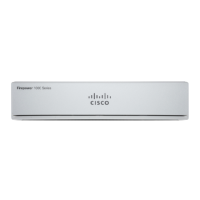Clear the FEPRLF Alarm on an BLSR
SUMMARY STEPS
1. To troubleshoot the FE alarm, determine which node and card is linked directly to the card reporting the
FE alarm. For example, an FE alarm or condition on a card in Slot 16 of Node 1 could relate to a main
alarm from a card in Slot 16 in Node 2.
2. Log into the node that is linked directly to the card reporting the FE alarm.
3. Clear the main alarm. Refer to the appropriate alarm section in this chapter for procedures.
DETAILED STEPS
Step 1 To troubleshoot the FE alarm, determine which node and card is linked directly to the card reporting the FE alarm. For
example, an FE alarm or condition on a card in Slot 16 of Node 1 could relate to a main alarm from a card in Slot 16 in
Node 2.
Step 2 Log into the node that is linked directly to the card reporting the FE alarm.
Step 3 Clear the main alarm. Refer to the appropriate alarm section in this chapter for procedures.
If the condition does not clear, log into the Technical Support Website at http://www.cisco.com/c/en/us/support/index.html
for more information or call Cisco TAC (1 800 553-2447).
FIBERTEMP-DEG
Default Severity: Minor (MN), Non-Service-Affecting (NSA)
Logical Object: AOTS
The Fiber Temperature Degrade alarm occurs when a DWDM card ( 32DMX, 40DMX-C, 40DMX-CE,
OPT-PRE, OPT-BST, OPT-AMP-C, OPT-AMP-17-C, 40SMR1-C, 40-SMR2-C, and OSC-CSM cards)
internal heater-control circuit fails. Degraded temperature can cause some signal drift.
Clear the FIBERTEMP-DEG Alarm
SUMMARY STEPS
1. For the alarmed card, complete the Physically Replace a Card, on page 453 procedure.
DETAILED STEPS
For the alarmed card, complete the Physically Replace a Card, on page 453 procedure.
High-performance devices on this card can get hot during operation. To remove the card, hold it by the
faceplate and bottom edge. Allow the card to cool before touching any other part of it or before placing
it in an antistatic bag. Statement 201
Warning
Cisco NCS 2000 series Troubleshooting Guide, Release 11.0
202
Alarm Troubleshooting
Clear the FEPRLF Alarm on an BLSR
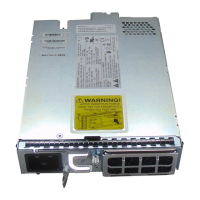
